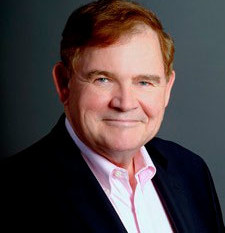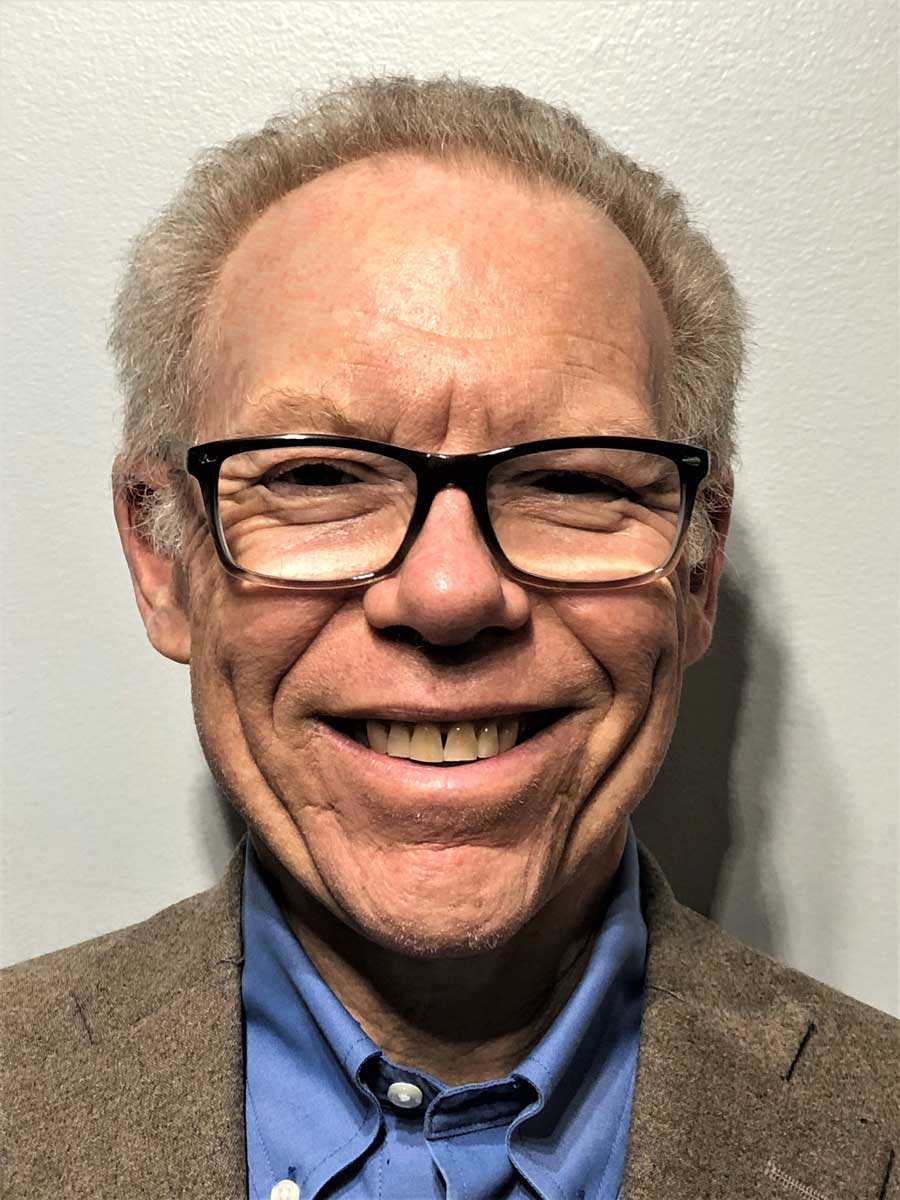 Congregations thrive on a spirit of community and run to a large degree on volunteer “sweat equity.” Stewardship is no exception.
Congregations thrive on a spirit of community and run to a large degree on volunteer “sweat equity.” Stewardship is no exception.
In fact, stewardship may be the poster child for good volunteer and leader work. This puts a premium on choosing the right team and helping them succeed. At this time of the Olympics, think about Going for the Gold in building and caring for your stewardship team.
The Stewardship for Us team provided a pair of blogs on this subject last year. Now that many of you are in the midst of your annual campaigns, let’s revisit some key elements to keep in mind. See how you did in recruiting and sustaining your stewardship team THIS year and consider what you will do the NEXT time for even better results. The following are five essential elements of a solid program:
—Be clear on the mission and vision of the stewardship program Review your charter – confirm it meets the congregation’s needs. Clearly address the mission and vision of the team, underlining the importance of stewardship to the life of the congregation, including fostering a spirit of generosity” In short, lay out clear guidelines for what is to be accomplished and why, and what sort of time commitment is entailed. Don’t have a charter? OK, now you have the first task for next year.
—Build and sustain the stewardship team Recruit one on one. Recruit with an eye towards skills and teamwork. Potential candidates should be regular donors themselves at what seems like reasonable levels for their means. Seek a mix of long-term, mid-term, and fairly new members, as well as a mix of people with interests in other congregational activities. Build a team that looks like the congregation.
Not every duty has to have a dedicated person, but every key function should be covered by someone. People could serve on the team as long as they wish, but it helps recruitment
to have a policy something like “members are asked to serve for a period of three years and thereafter may continue on a year to year basis if they so choose.” Consider also some
exchanges among like-minded teams: someone could leave Finance and join Stewardship, for example.
—Invest in development
Few people come to a stewardship team fully versed in this field. So, rather than just throwing them in the deep end of the stewardship pool and expecting them to start swimming like an Olympian right off the bat. Build a small “stewardship development” reading list for your team, including blogs and websites in the field, ask everyone to do a small bit of reading periodically, and devote some meeting time to talk about what is being learned.
Start with our own Stewardship for Us website (https://stewardshipforus.com). Here you will find an easily searched blog with many useful articles, and also a RESOURCES list of books and other sources we recommend. Lastly, consider developing a list of electronic sources and ask each member to track one of them, sharing useful material as they find them.
–Put in place assessment, growth, and improvement processes
Every program could benefit from a periodic review, asking the basic questions, “How did this go? What might we do differently, better? Who will take this on as project lead? How shall we measure success?” Having a team retreat or review once a year can also be very useful; include planning for next year. Some teams also do a mid-year “course correction” review.
Any review should start with a good checklist to ensure all components are covered, as well as providing some standards of measurement. The team may want to survey the congregation from time to time to see how they feel about the various stewardship components being carried out.p
–Say thanks and recognize service
I am always surprised when people who have served long and well leave a stewardship committee, their departure without acknowledgement. Someone says thanks at their last meeting, and that is about it. As a minimum, such a last meeting should have this as an agenda item: take some time to really say thanks and to reflect on their service; allow them to share their parting thoughts. Having a bit of celebration would not hurt.
While you are at it, let the congregation know about this benchmark of service; put a thank you recognition note in the newsletter, make an announcement during a Sunday service at an appropriate time. Doing a brief announcement during coffee hour also works well. People give their heart and soul to this work. Let us do the same in saying THANKS!
———————————
So, there you have it. Assemble your team along these guidelines and you will be off and running. These guidelines will go a long way towards having successful campaigns and team members who enjoy their work in service to the congregation and Unitarian Universalism.
 Bill Clontz is a stewardship consultant with the Stewardship for Us Team, supporting the UUA. Bill can be reached at bill@stewardshipforus.com
, via UUA Congregational Life, (http://www.uua.org/finance/fundraising), or through your regional staff.
Bill Clontz is a stewardship consultant with the Stewardship for Us Team, supporting the UUA. Bill can be reached at bill@stewardshipforus.com
, via UUA Congregational Life, (http://www.uua.org/finance/fundraising), or through your regional staff.
This blog has a new posting no less than once a month. You may find it and more at our website, www.stewardshipforus.com. You are welcome to sign up for stewardship updates at the blog, www.stewardshipforus.com/blog . Comments and discussion are always welcome; share your experiences with us.

Stewardship Consultant Barry Finkelstein has been a Unitarian Universalist congregational stewardship consultant since the Fall of 2007 and has worked with over 100 congregations on annual budget drives, capital campaigns, and strategic planning. This is Barry’s last post as he is retiring effective January 1, 2025.
